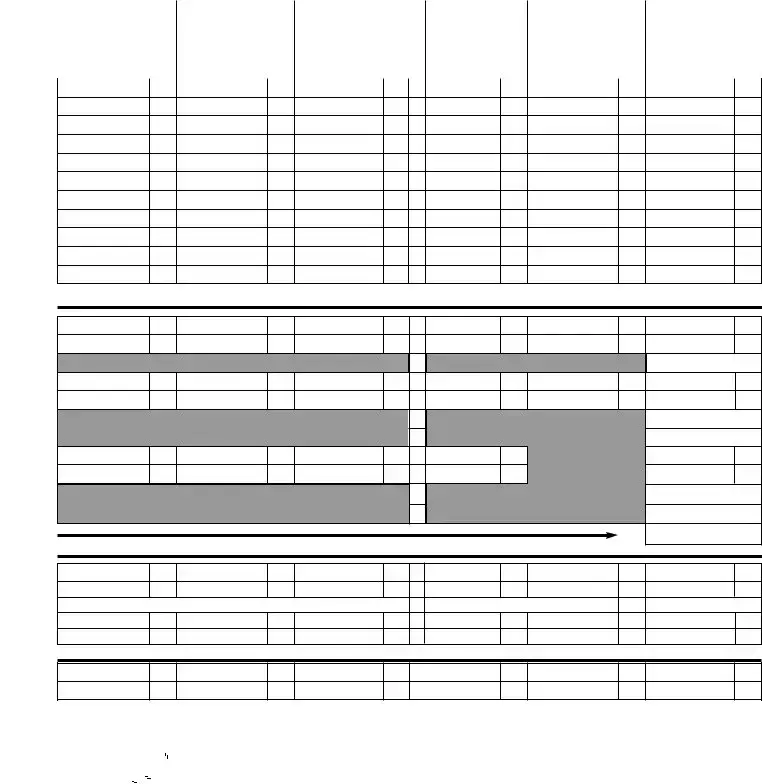The NYC 3A form, a comprehensive document used for reporting combined general corporation tax return in New York City, shares similarities with other key tax and financial reporting forms utilized by corporations within the United States. Each document, while serving unique purposes, overlaps in function and information requirements with the NYC 3A form, reflecting the intricate weave of tax compliance and financial disclosure inherent to corporate operations.
One similar document is the IRS Form 1120, the U.S. Corporation Income Tax Return. Like the NYC 3A, Form 1120 is used by corporations to report their income, gains, losses, deductions, and credits to the Internal Revenue Service. Both forms require detailed financial information to calculate the tax liability of the corporation, including gross receipts, dividends, and total income. The significant overlap lies in the necessity for corporations to provide a comprehensive overview of their financial activities for tax assessment purposes.
The IRS Form 1065, U.S. Return of Partnership Income, although primarily for partnerships, bears resemblance to the NYC 3A in its function to report income, financial deductions, and calculate taxable income. Partnerships, like corporations, must allocate income and losses among partners, a process akin to the allocation of income and deductions among affiliated corporations in a combined return like the NYC 3A. The emphasis on clear financial disclosure aligns both forms in their objective to ensure tax compliance.
IRS Form 851, Affiliations Schedule, is directly akin to parts of the NYC 3A form, especially when dealing with combined or consolidated tax returns. This document identifies the members of an affiliated group filing a consolidated return. The NYC 3A's requirement for detailed reporting on the composition of the combined group and its members' financial activities reflects a similar necessity to understand the corporate structure influencing tax responsibilities and benefits.
New York State Form CT-3, the Corporation Franchise Tax Return, is another closely related document. It mandates detailed financial reporting and tax computation for corporations operating within the state, akin to the city-level requirements of the NYC 3A form. Both forms are integral to their respective jurisdictions' efforts to assess and collect corporate taxes based on income, capital, and other financial measures.
The IRS Form 5471, Information Return of U.S. Persons With Respect To Certain Foreign Corporations, shares the theme of reporting financial information and calculating tax liability, albeit in the context of international operations. Corporations filing the NYC 3A that have foreign subsidiaries or affiliates might find parallels in reporting requirements, especially in disclosing income from all sources and calculating taxes owed.
Lastly, the Schedule K-1 (Form 1065), Partner's Share of Income, Deductions, Credits, etc., is used in partnership taxation to report each partner's share of the partnership's earnings, which mirrors the reporting of income and deductions across affiliated corporations in a combined return like the NYC 3A. The focus is on equitable distribution of income or losses and the tax implications thereof, ensuring that each entity pays its fair share based on accurate financial representation.
While each document caters to specific entities or tax situations, the core objective of thorough financial reporting and tax compliance unites them with the NYC 3A form, highlighting the complexity and interconnectedness of corporate taxation requirements.
























 3.
3. 



